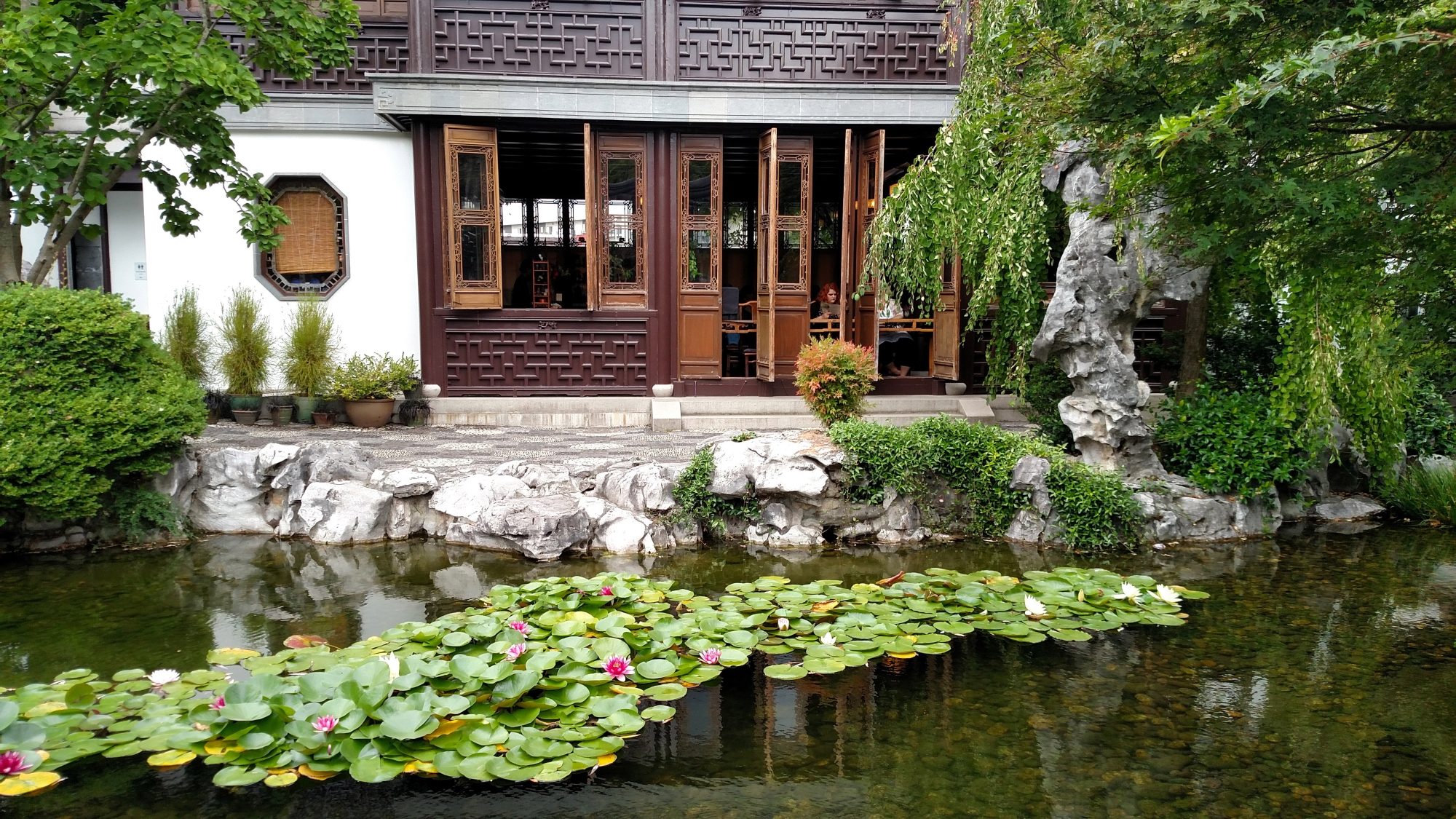Probably every human being wishes to have a garden of his/her own. But what is a garden? This is a space, in most cases outdoor, that a person sets aside for display, enjoyment or cultivation of plants. This beautiful quote by Rumi, a famous 13th-century Persian Sunni Muslim poet, summaries the meaning of a garden – “Beauty surrounds us, but usually we need to be walking in a garden to know it.”
There are different types of gardens; one of the most interesting ones is the Japanese garden. This kind of garden is unique in its combination of astonishing flowers and different types of rocks and leaves. This garden presents an ideal place to unwind. In most cases it is based on the precept of mystery, modesty and planning. Below are some useful tips for making a perfect Japanese garden.
Water is very important. This will make the place to be more serene. The landscape design should contain water components. Lotus and other water plants that usually bloom may be placed in the pond. Additionally, a fountain that appears to be natural will go a long way in creating that perfect garden.
Assimilate moss in your design. The backyard should contain a lot of moss. This will make a great ground cover for the garden and it will also help in creating beautiful surroundings and soft textures. Stepping stones should be stationed in all the areas with foot traffic.
Architecture should be included. Sites where guests or even the owner might relax in private are important. This comes in handy when escaping from the daily stresses of life. Things like a covered bench and a private pavilion will certainly enhance the Japanese garden.
Add a bit of mystery so as to live true to the Japanese tradition. This can be made by your choice of landscape. Owner should ensure that the whole landscape cannot be seen at once. Things like trees and shrubs may be used. This keeps the guests guessing what is ahead of them.
Elements should be mixed up. The owner should include hard elements such as sand, rocks and bamboo fences to create beauty and interest and soft elements too such as ferns and Japanese maples to make the place appear softer and colorful. The whole idea is to make the Japanese gardens seem simple and uncomplicated.

